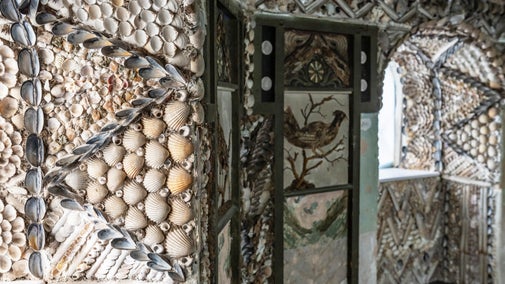The Basilica of San Vitale: A la Ronde's Inspiration
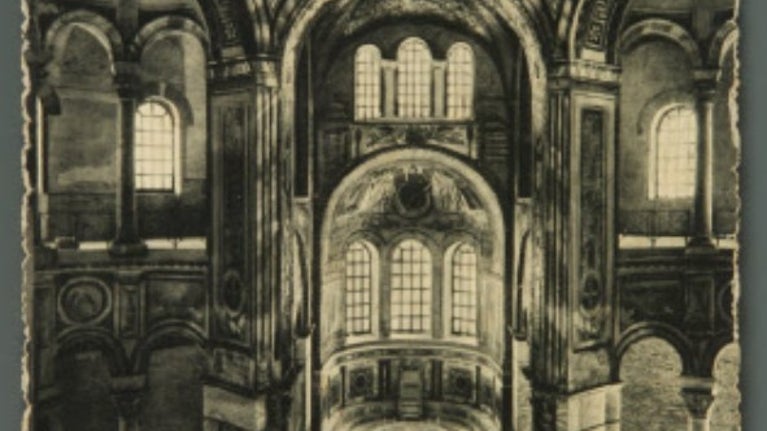
While on their Grand Tour, Mary and Jane Parminter found inspiration in various places. One place that particularly caught their attention was the Basilica of San Vitale, a 6th century church and important surviving example of Byzantine architecture. Its octagonal features are mirrored in A la Ronde and show the influence these travels had on the Parminters.
The period between the collapse of the Roman Empire and the dawn of the Renaissance has been labelled as the ‘Dark Ages’. It has been believed that nothing of note was achieved during this period - however, the early Christian monuments of Ravenna prove this to be incorrect.
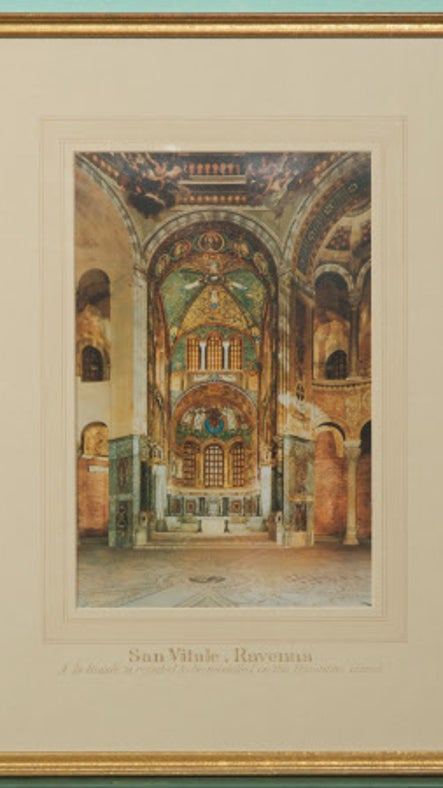
When comparing A la Ronde and San Vitale’s interiors, it is clear to see similarities in the layouts. Most notably, the central nave of San Vitale is an octagonal, double height space that features 8 rounded arched niches on each wall. This is very similar to the design of the octagon at A la Ronde.
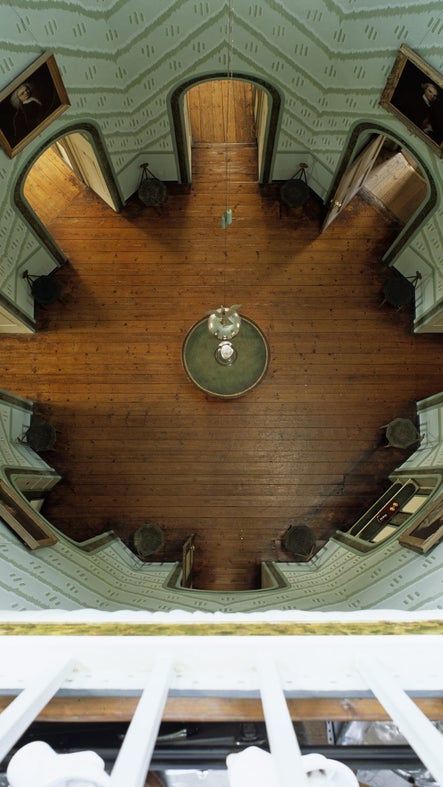
The octagon is surrounded by 8 rooms each connected to the rest through an ante-room. It is also a double height space that reaches up to the shell gallery. It is clear to see the parallels between the nave of San Vitale and the Octagon at A la Ronde.
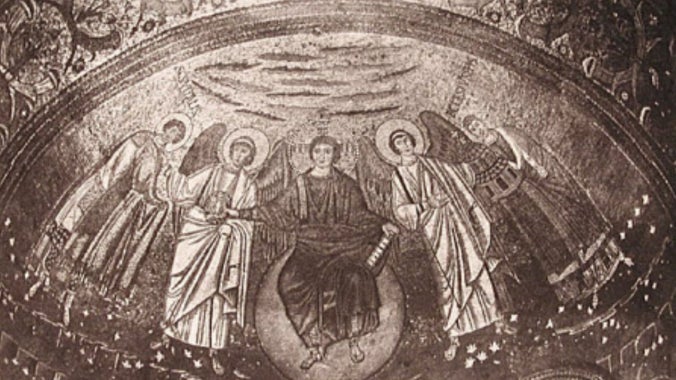
Another comparable feature is the mosaicked ceiling of San Vitale’s Sanctuary, and the Shell Gallery of A la Ronde. The mosaics of Ravenna are said to be among the best surviving examples of this form of art in Europe.
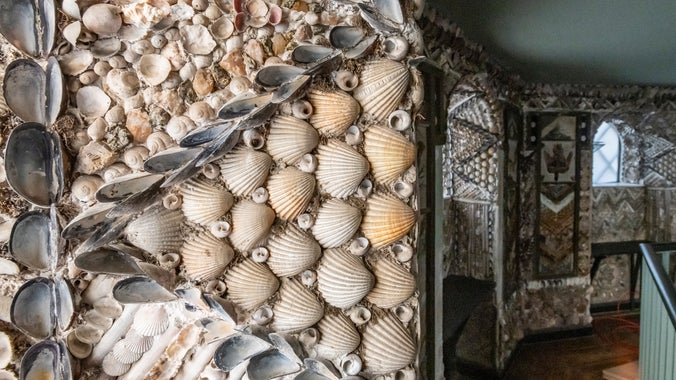
The Shell Gallery of A la Ronde is said to be an 18th Century rendition of these mosaics, due to the way the shells are positioned side by side in great numbers to create a singular creation.
The Compendium
The Compendium is a collection of stories to delight and surprise. You can explore all things A la Ronde here in one central place for the first time. We will be adding new stories for years to come.

The Parminter Ladies' Grand Tour
A traditional educational trip for wealthy young men in the 18th century, the Parminter ladies defied convention to set off on their Grand Tour in 1784.
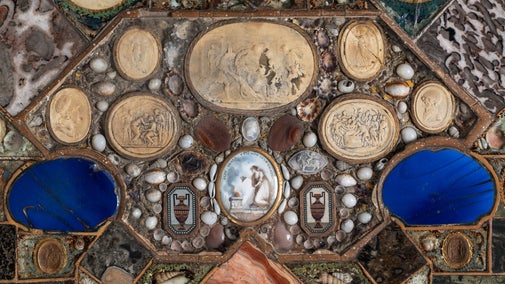
The Travelling Trunks
Find out more about the history and conservation of the Travelling Trunks at A la Ronde, thought to have been used by the Parminters on their Grand Tour.
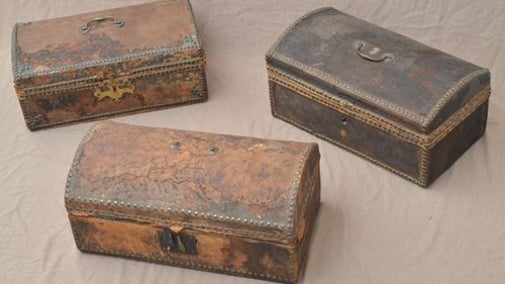
Our Conservation Story: Conserving the past, creating the future
Learn more about the conservation work undertaken at A la Ronde during the 'Conserving the Past, Creating the Future' project.
